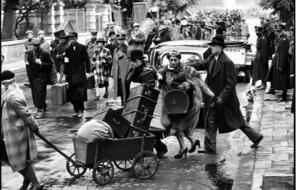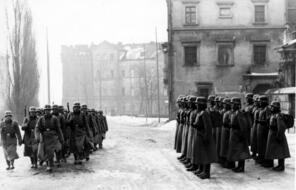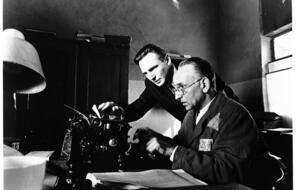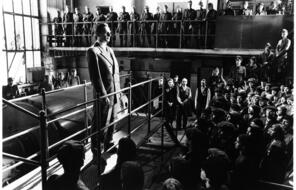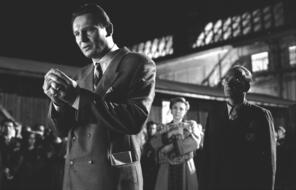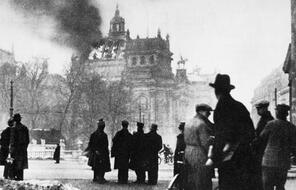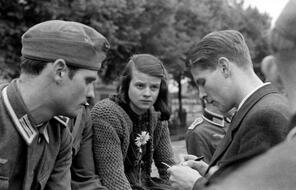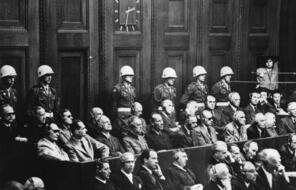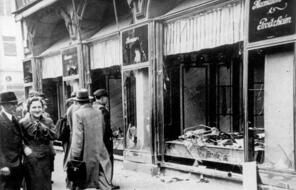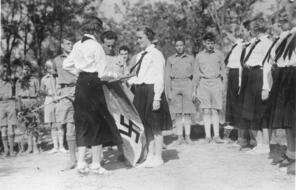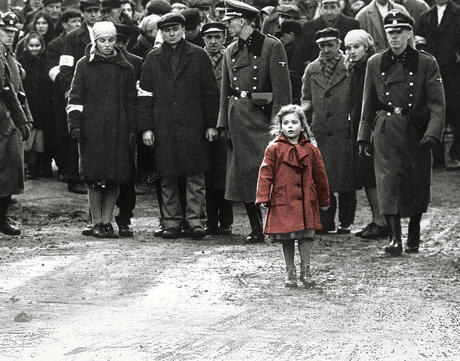
Teaching Schindler's List
Resources
8Subject
- History
Grade
6–12Language
English — USPublished
Overview
Using Schindler’s List in the Classroom
Schindler’s List tells the story of Oskar Schindler, a war profiteer and member of the Nazi party who saved over 1,100 Jews during World War II. The movie explores the human capacity for monumental evil as well as for extraordinary courage, caring, and compassion. It turns history into an opportunity for moral reflection.
As you consider whether to use Schindler’s List with your students, we recommend that you view the film yourself (even if you have seen it before). The film is available online from streaming services, and you can also borrow it from your school or public library.
Preparing to Teach
A Note to Teachers
When presented in the context of a thoughtful, reflective, and safe classroom community, Schindler’s List can provide a powerful and transformative learning experience. In order to ensure your students have such a meaningful experience, you may want to consider:
Lesson Plans
Special Thanks
Educational Partners
Unlimited Access to Learning. More Added Every Month.
Facing History & Ourselves is designed for educators who want to help students explore identity, think critically, grow emotionally, act ethically, and participate in civic life. It’s hard work, so we’ve developed some go-to professional learning opportunities to help you along the way.
Exploring ELA Text Selection with Julia Torres
On-Demand
Working for Justice, Equity and Civic Agency in Our Schools: A Conversation with Clint Smith
On-Demand
Centering Student Voices to Build Community and Agency
On-Demand

